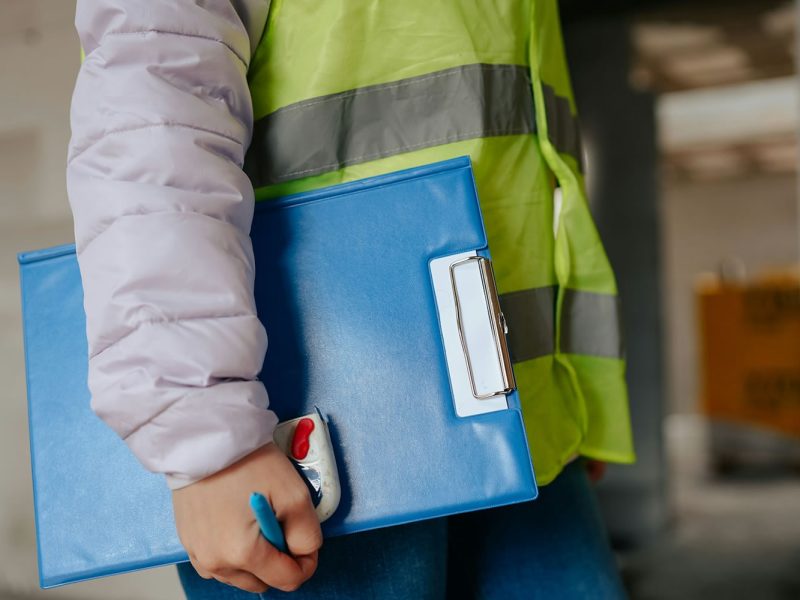Let’s be honest – when disaster rolls in like an uninvited guest, whether it’s fire licking through walls or floodwater creeping into every crevice, it can leave you reeling. Not just physically, but emotionally too. For homeowners, landlords, and businesses, these events are more than inconvenient – they’re traumatic. This is when Fire and Flood Restoration Companies come into play!
Fire and flood restoration is not just a buzzword. It’s a practical, proven process that helps you regain control, reclaim your space, and rebuild. This guide unpacks the key steps, offers answers to real-world questions, and walks you through the entire recovery journey – from picking the right flood restoration company to handling the insurance chaos.
What Exactly Is Fire and Flood Restoration?
Think of fire and flood restoration like high stakes reset button. It’s not just about drying walls or removing soot – it’s a multi-layered approach designed to bring your property (and peace of mind) back from the brink.
The Fire Damage Lowdown
When a fire’s done its worst, you’re not just left with charred remnants. There’s smoke damage in the air vents, soot in your carpet, and sometimes water damage from extinguishing efforts. That’s why fire damage restoration includes:
- Inspection & Safety Checks: First, pros look for structural weakness and toxic residue.
- Soot & Smoke Cleanup: Believe it or not, the smell lingers more than you’d think.
- Air Quality Restoration: Air scrubbers and ozone treatments may be needed.
- Rebuild & Refurnish: From scorched timber to melted wiring – everything gets addressed.
The Flood Restoration Flow
Now, flood damage is sneaky. You might mop up a puddle, only to discover soaked drywall and swollen floorboards weeks later. Here’s what flood restoration companies tackle:
- Water Extraction: Pumps and vacuums come out immediately.
- Dehumidifying & Drying: Industrial dryers reduce the risk of mould.
- Mould Prevention Treatments: If it’s been longer than 48 hours, mould might’ve moved in.
- Repair Work: Expect floor replacements, re-plastering, and a fresh coat of paint.
What Makes a Great Flood or Fire Restoration Company?
Not all companies are created equal. When your property’s been through the wringer, you want more than a man with a mop. You need expertise, compassion, and responsiveness.
Here’s what separates the good from the “never again”:
- Fast Response Time: Emergencies don’t work 9 – 5. Neither should they.
- IICRC Certification: Industry-standard. Non-negotiable.
- Experience in Fire and Water Restoration: Because the two often go hand-in-hand.
- Insurance Negotiation Know-How: Not all heroes wear capes – some handle paperwork.
Pro Tip: Ask if they offer free damage assessments. Some firms charge just to take a look.

Understanding Insurance Claims (Without the Headache)
Dealing with insurance after fire or flood damage can feel like learning another language. But it doesn’t have to. Here’s your cheat sheet:
How to File an Insurance Claim
- Call Them Immediately: The sooner, the better.
- Take Photos: Every room, every angle. Even the ceiling.
- Make a List: Itemise every damaged item, with its approximate value.
- Get a Restoration Report: Ask your contractor for a full written report.
- Track All Communication: Emails, calls, forms – save everything.
What Will Insurance Actually Cover?
That depends on your policy. Typically, insurance will cover:
- Structural repairs
- Furniture and appliances
- Temporary relocation (if the property’s uninhabitable)
However, they might not cover gradual damage (e.g., slow leaks). Always read the small print – or better yet, speak with a loss assessor.
People Also Ask: Quickfire Q&A
Q: What’s the first thing to do after fire or flood damage?
A: Ensure everyone’s safe, turn off utilities if necessary, and call emergency services. Next? Document everything and contact a restoration company ASAP.
Q: Can mould start growing immediately after a flood?
A: Yep – mould can appear within 24–48 hours in damp environments. Fast drying is key.
Q: Should I clean up myself or hire pros?
A: Small spills? Maybe. A flood or fire? No way. Professionals use industrial equipment and know how to prevent further damage.
Q: How much does fire and flood restoration cost in the UK?
A: It varies wildly – from £1,000 for minor incidents to over £30,000 for full-property overhauls. Insurance usually foots most of the bill.
Prevention: Better Than Restoration (Sometimes)
Sure, you can’t stop nature – or faulty wiring. But a bit of foresight never hurts. Here are a few tips to reduce your risk:
- Install Smoke and Water Alarms: Go smart – monitor them from your phone.
- Elevate Electrical Systems: Particularly if you’re in a flood-prone area.
- Regular Maintenance: Clear gutters, check appliances, and test alarms monthly.
- Have an Emergency Plan: Know your exits and keep emergency numbers handy.
If you’re a landlord, this isn’t just smart – it’s your legal obligation under UK housing regulations.
Beyond Restoration: Emotional Recovery & Resettlement
One part people rarely talk about? The emotional toll.
It’s not just about replacing walls or furniture. Memories may have been lost. The sense of safety might feel shattered. Whether it’s your childhood home, a rental you’ve invested in, or the office you built from scratch – restoration goes deeper than bricks and mortar.
Consider:
- Counselling for family members
- Employee support if it’s a business property
- Temporary relocation assistance
- Community support groups
Recovery isn’t just physical – it’s personal.
Rebuild Better, Stronger, Smarter
As devastating as fire or flood damage can be, it’s also an opportunity – to rebuild with resilience. Upgrade insulation. Switch to flame-retardant materials. Install better drainage. When life hands you soggy, soot-covered lemons… you make a safer, smarter home or business.
Need help navigating post-disaster life? Check out the Scruffy Badger Blog for quirky insights and straight-talking advice on home resilience, DIY repairs, and bouncing back with style.
TL;DR: Fire and Flood Restoration
- Act fast. Time matters when it comes to limiting damage.
- Call professionals. A mop won’t cut it this time.
- Get insured. And know how to use that policy.
- Restore and rebuild. But don’t forget emotional healing.
- Upgrade where you can. Turn a disaster into an upgrade opportunity.
Still feeling overwhelmed?
That’s completely normal. But remember: you’re not alone, and your home or business can be restored – often better than before.
Want help finding a restoration company or preparing for what’s next? Don’t wait. Start planning your comeback today. To find out more visit the Independent Supplier Network.



